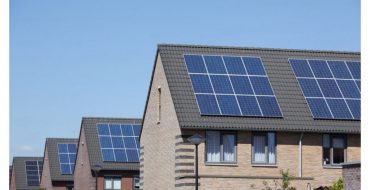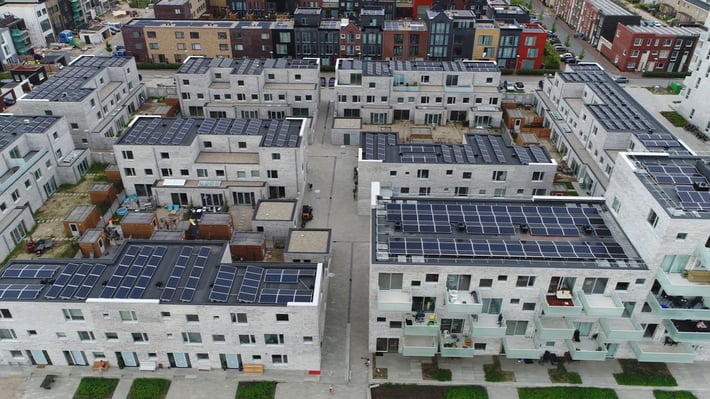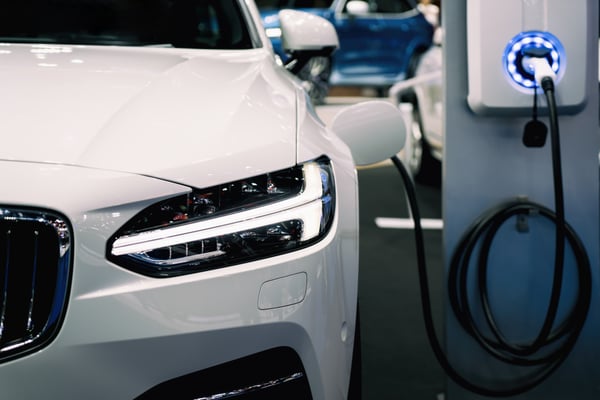
Traditionally, electricity has been generated at centralized power plants, and delivered to consumers using power lines and transformers. However, renewable energy sources have changed the rules of the game, and electricity consumers can now become small-scale generators. Solar panels in particular can be used in buildings of all sizes, from individual homes to industrial parks.
Distributed generation, energy storage and electric vehicles can make communities more resilient during natural disasters and other emergencies. They reduce dependence on fossil fuel supply chains and electricity grids, both of which can be disrupted during emergencies.
- A pandemic like the new coronavirus (SARS-CoV-2) causes disruption by threatening the workforce of the fossil fuel and electric power industries.
- On the other hand, extreme weather events like hurricanes and winter storms can disrupt fuel and power supplies by damaging infrastructure directly.
The traditional energy supply chain includes oil platforms, refineries, power stations, transmission and distribution lines, substations, transformers, etc. This is a complex system, and there are many points where disruption can occur. With distributed renewable energy systems, most of the supply chain is concentrated at the point of use. Equipment must still be manufactured and delivered to homes and businesses. However, once installed it only requires maintenance and no external inputs.
How Distributed Power Generation Improves Resilience

Generating electricity at the point of use brings several advantages. The process is more efficient, since electricity is lost in power lines and transformers. The power supply also becomes more resilient, since the generation capacity is not concentrated at power plants. The failure of a critical transmission line can take a power plant offline, but individual generation systems in homes and businesses can continue operating.
Currently, a major challenge is developing low-cost energy storage to handle the variable output of solar panels and wind turbines. These two technologies represent most of the renewable generation capacity being added to the grid. Under normal conditions, they can now compete with fossil fuels in price, but not as dispatchable sources to supply power on demand.
Solar and wind power projects are also developed at the utility scale. While they don’t depend on a fossil fuel supply to produce electricity, they still depend on the grid to reach homes and businesses. Distributed generation systems go one step further, bypassing the power grid and producing electricity at the point of use.
Advantages of Electric Vehicles During an Emergency

Gasoline and diesel cars are part of the status quo in modern society, but their energy source depends on complex supply chains. Crude oil must be extracted, refined into fuels usable by combustion engine cars, and then delivered to gas stations. Also consider that vehicle owners must visit gas stations to fill their tanks.
Global emergencies can disrupt the supply of fossil fuel products, leaving vehicles grounded. In the case of pandemics like coronavirus, governments restrict movement for the population, and having to fill up at gas stations represents an infection risk. However, this is not an issue with electric vehicles, since they can be charged at home. If a property is equipped with solar panels, the electricity that charges EVs can also be produced locally.
Gasoline and diesel vehicles parked in homes have little use during a quarantine. However, parked electric vehicles can accomplish two useful functions, even if they are not being used for transportation:
- Since they have high-capacity batteries, EVs can act as a backup power source for homes during a blackout.
- With the right technology, large numbers of parked EVs can be used as a coordinated energy storage system. This can help manage demand on the power grid, making the electricity supply more reliable.
According to research by Harvard University, coronavirus cases tend to be more severe in regions that are highly polluted with fine particulate matter (PM2.5). Renewable generation and electric vehicles both reduce fossil fuel combustion, and in the long run they can help lower air pollution in urban areas. This improves the respiratory health of populations, making them less vulnerable to future diseases similar to COVID-19.